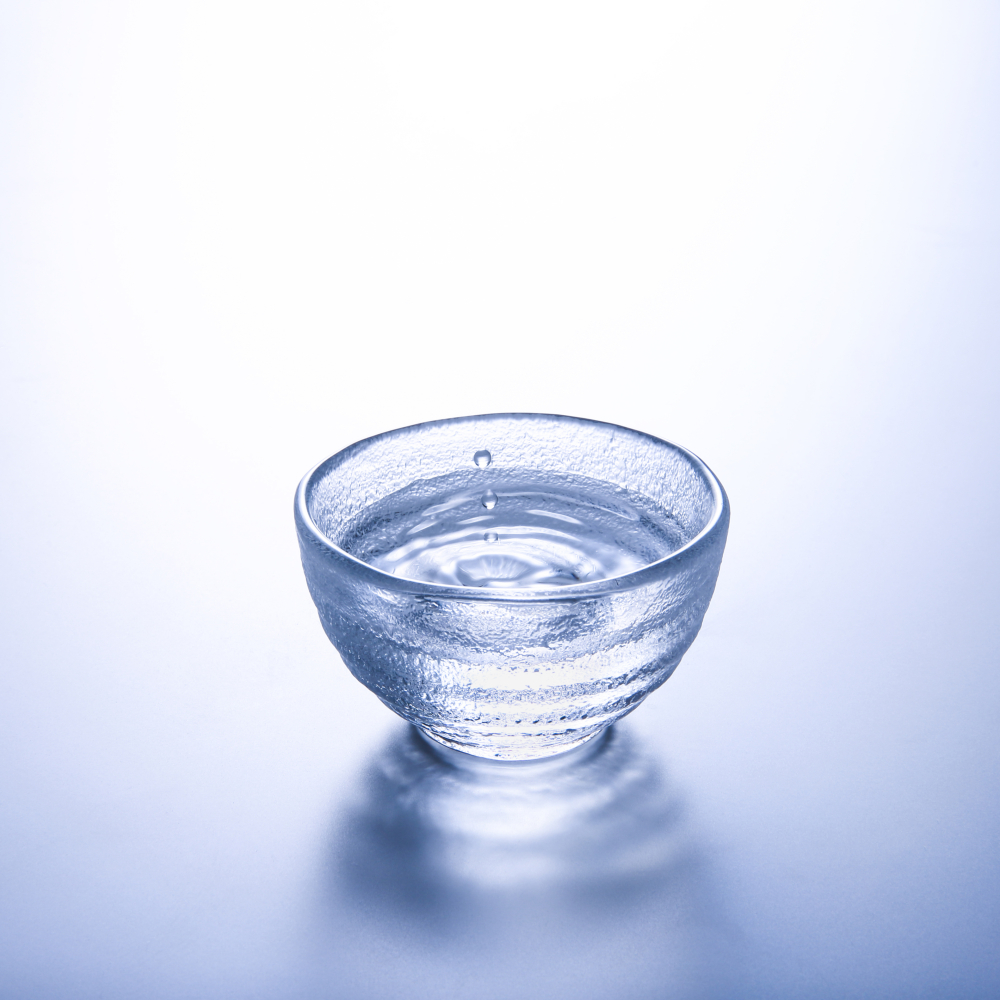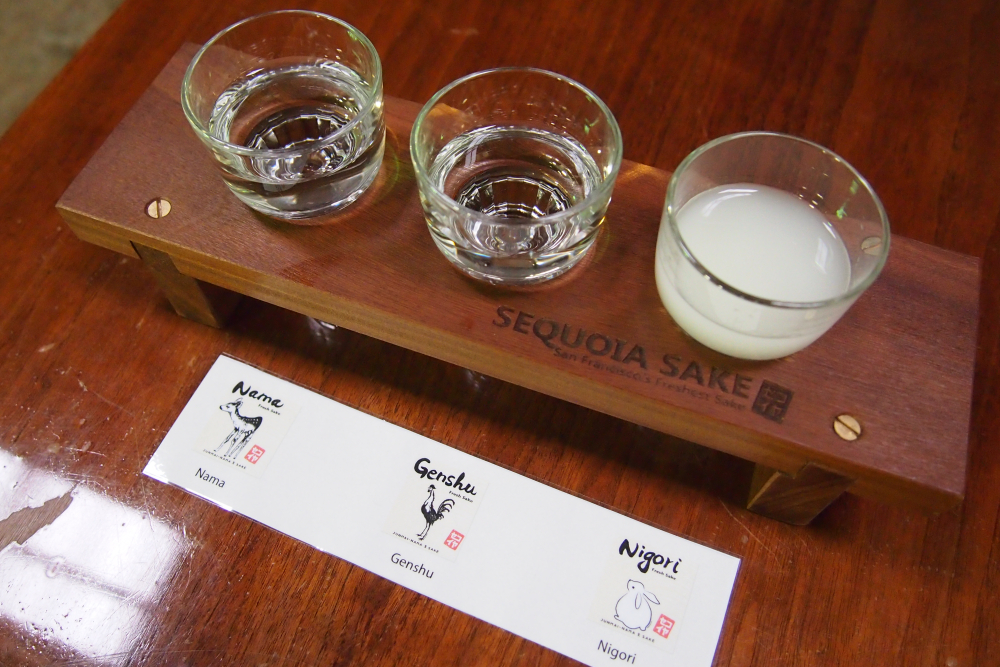
Written by Saki Kimura
Translated by Olivia Myrick
In many parts of the world, the word “sake” has been used to describe the Japanese alcoholic beverage made from rice.
However, not many people know that “sake” actually refers to just about any alcoholic beverage in its original language. “Nihonshu” is – or I must say, was – the official name for the drink.
Something about this really bothers me. But instead of talking about things that bother me, let me tell you what I’m working towards.
My dream is to have people all over the world fall in love with sake.
As a sake lover working in the field of media, I feel my responsibility is to demystify sake, to make sake accessible, and to ultimately bring forth stories that get people excited about sake.
That is why I tend to gravitate towards those who want to learn about sake, or even those who find sake kind of foreign, more than those who already know so much about sake.
America is full of such people. The sake industry in United States is right at the dawn of a new era, and I am fascinated by its possibilities and challenges.
Have you ever seen the film “Bottle Shock”? If not, does “The 1976 Paris Wine Tasting” ring a bell?
Well let me talk a little about the history of Napa wines for those who answered “No” to both of those questions.
Even though Napa has been producing wine since as early as mid-19th century, it was not until 1970s that wine from the region gained international recognition. What changed the course of history forever was one wine competition held in Paris in 1976. California wines, thought to be no where near the quality of French wine, won first place in a blind taste test. In other words, if you take away the bias, American-made wine was of excellent quality.
Similar thing could be said about whiskey too.
I’m a fan of Scotch whiskey myself, and I know the bad reputation of American whiskey even gave rise to newer ways of enjoying the drink, such as Jack and Coke.
That being said, there is an interesting trend on the rise for whiskey in America. After IRS relaxed taxation laws for small-scale breweries and distilleries, there has been a surge in numbers of whiskey producers in the U.S., with some creating quality whiskey even true Scotch-whiskey-lovers couldn’t ignore.
America is a country with bottomless potentials when it comes to alcohol.
There are people in this country inspired by the possibility of American-made Nihonshu, or sake as they have to call it.
According to Noriko from Sequoia Sake, a micro sake brewery in San Francisco, the number of micro sake breweries have been on the rise in the states and come to about 30 or so at the moment (this number relies solely on communication between such breweries as there is no official institute tracking the growth of them).

I believe it is important to create more opportunities for people to discover sake, if we want the industry to survive at all. As I mentioned in an earlier post, just because there has been a rise in sake imports, it does not necessary mean sake is becoming more popular in the U.S.
For many Americans, the sad truth is that the only sake they’ve ever tasted is some cheap hot sake that leaves them with a burning sensation and a horrible hangover. I also hear many Japanese distributors are having a hard time bringing over quality sake because of unique handling and care it requires (I shall write a post about this in the future).
Fresh, locally-oriented sake made by microbreweries mentioned above have the capacity to reach those who feel sake is not for them (mostly because of bad past experiences), and help people realize how good sake can taste.
For example, Sequoia Sake’s signature sake are unpasteurized sake. Unpasteurized sake can be a great way to introduce people to the world of sake because of its delicate, yet bold flavors and aromas.
However, again with its unique handling requirement and laws, rarely do true unpasteurized sake make it to the American market from Japan. In fact, the love for unpasteurized sake and its scarce availability in the U.S. are some of the reasons why Noriko and her husband Jake started Sequoia Sake.
I myself had the chance to have their unpasteurized sake and it felt like I was brought back to Japan for a moment. It is hard to describe the joy I felt from knowing that people could experience this sake right here in America.
The reason I had the opportunity to get to know the people of Sequoia Sake so well is because I had recently moved out of LA and am living as a tenant in the house of the family running Sequoia Sake.
Previous to this, I tended to work more with sake shops and restaurants than the breweries when it came to writing about sake.
This is because I wanted to have a point of view closer to the end-market of the sake industry, or in other words the sake-drinkers rather than the sake-producers. There are many ways to look at the sake industry and I am in no way saying the end-users are the most important, however, I have always felt a little uneasy about how almost all of sake media in Japan were sided with the makers and sellers of sake.
Of course there is a certain amount of respect that needs to be given to those who have been producing the drink, but the long and proud history of sake cannot continue without the sake-drinkers and sake-lovers.
This makes me want to ask the question, “who is sake for”?
I believe it is for everyone, and by everyone, I mean the drinkers, the makers, the sellers, Japanese, America, it doesn’t matter who you are. Sake is for anybody and everybody who likes it.
I personally am intrigued by sake in the U.S. now, even if it cannot be called Nihonshu.
Sake is something appreciated by the body and soul, and that can surpass any words or labels. It is not something someone can put a stop to.